|
"Same Size Hole" is a song that didn't make the LP. I made a video for it, mostly while I was confined to my bedroom with COVID. Enjoy!
0 Comments
They actually got here over a month ago, but things have been busy. If you've never dropped the needle on your own LP, I highly recommend it. I don't think I nailed the mixing/mastering for vinyl, but it is a tangible end to this part of the journey. I'm going to finish work on the visual companion (RocketBox #2) and get the copies out to friends and to the musicians who worked on it with me. If you're not among the lucky few to get a vinyl copy, all the music is available on your favorite streaming platforms. Refinishing the body took longer than I thought. Spray paint doesn't like cold weather, and I don't have a lot of extra time to mess around during the week. But I got it all done and back together. And I really like the way it plays and sounds. It's cool. I took it apart, took all the hardware off, and removed the original finish with some furniture stripper. I was surprised to find that the top and back were a nice-looking maple veneer. The body was made from several pieces of wood (poplar? pine?). With the finish removed the neck felt nice and smooth and I decided to keep it natural. The character of the wood changed my refinishing plan. Originally I was going to paint the top a solid color and leave the sides and back natural, but I decided I didn't want to cover the nice wood on the top. So I decided to leave the top and back natural and paint the sides and headstock.
I used enamel primer (several coats) then red enamel spray paint (Heritage Red, probably for tractors?). I put on a lot of coats and fixed some drip errors along the way. I added white enamel over the red on part of the sides for the design I had in mind. I messed up by using paint rather than primer, as the paint would not absorb the India ink I used in the design. Originally I was planning on using enamel with a small brush, but I wasn't able to get clean lines because of my unsteady hand, the curved surface, and the difficulty of using a brush so precisely. I'm sure someone with more skills could have pulled it off, but not me. I cleaned the pickguard and truss rod cover with alcohol, buffed the bridge cover and pickup with steel wool, cleaned the tuners in an ultrasonic cleaner, attached the grounding wire to the tailpiece and soldered it to the jack, installed a new nut, new strap buttons, and my fabricated bridge, and branded the headstock with a Rusted Rabbit logo. I really like playing this guitar. It is light and well balanced and sounds really nice on a clean tone with the reverb turned all the way up. I find it feels best to me (and stays in tune) with some gentle, slow picking. I haven't gotten the neck dialed in yet where all the strings will play past the fourteenth fret, but I know that's possible because I did it before I refinished it. Here's a video I took of some music that came out the first time I played it. It might end up being a new Rusted Rabbit song. I spent part of the last two weekends working on the Kay Vanguard. I built a bridge, installed a new 1/4" jack, and experimented with shimming the neck. My original "new" idea for a replacement bridge was to make one of out bone. I bought some bone blanks that I could cut and combine into something that would be the same size and shape as the original wooden bridge. It took some time because I had to let the glue dry and try to grind the parts down accurately. When it was almost done I became convinced it probably wouldn't be strong enough and so I didn't bother to notch it for the strings. It looks good, though, and maybe I'll find a use for it someday. I made the metal bridge by welding a nail to a piece of solid square steel (I think it actually might have been from a toilet paper holder). I drilled holes to match the post locations and ground it down until it was about the the right height with a radius to match the original bridge. I made the string slots with a file from a set of jewelry-making tools. With the new bridge installed I could finally string everything up and evaluate the neck. Things seemed pretty good until you get up to the around the 12th fret. Above that all the strings were bottoming out on the highest fret. That was the bad news. The good news was that replacing the input jack fixed the major noise issues. There is a hum that I think will go away if I attach a grounding wire from the electronics to the tailpiece. The other good news is that I think the pickup sounds pretty cool. I only played it softly (it was early in the morning) but I'm pretty happy with what I've heard so far. I loosened the strings and detached the neck. It had been shimmed with some cardboard. I tried adjusting the neck angle by making the shim thicker farther away from the body, and that seemed to work: I could now play all the way to the 17th-18th frets with no major issues. At this point I noticed that the 19th fret (the highest fret) was pushed up out of its slot a bit. That probably accounts for a good portion of the problem. If I had better skills and tools, I'd consider refretting the entire neck. I don't have better skills and tools, though, so I'm going to wait for another day to do that. For now I'm just going to file that 19th fret down so it doesn't get in the way. Satisfied that I'm on my way to a playable guitar, I took everything apart to prepare to refinish the body. I've got a vision for what I want it to look like. I'm not sure I'll be able to pull it off, but even if I can't I like the way this thing sounds and I'm learning a lot by going through the rehab steps.
It's the weekend, so I've had time to work on that old Kay guitar that fell into my lap. I've learned that it's a Vanguard K100 model. The "T" logo on the headstock indicates it was made between 1961 and 1965. I found a picture of this model in a 1962 Kay catalog. The list price was $59.95 (about $590 in 2023 dollars). I don't have a complete knowledge, but I know you can get a lot more guitar for that money today than you could in the early 1960s. Go into a music store and play a new Epiphone SG or a Squier Telecaster. This Kay may turn out to be playable, but I guarantee you it isn't as playable as those. The first things I needed to address were the nut and the bridge. I joined a Kay guitars group on Facebook and posted about needing measurements for the missing nut. Someone was kind enough to measure the nut on their Vanguard K102 (thanks Travis!) and I was able to find a bone nut on Amazon that looked like it would work. I ordered a package of four for $13, thinking I would have extras if I messed one up and also thinking I might be able to use one to make a new bridge. The nut fit fine after I shaved a bit off the back with my angle grinder. I haven't glued it in yet because I'm going to refinish the body and headstock. Addressing the bridge was more complicated. The extra nuts were way too short to be of any use (I had not anticipated the string spacing would be so much larger at the bridge than at the nut). Plan B was to shape a piece of metal that would fit on the existing bridge posts, then attach something to that for the string rests. I used an old piece of some kind of bracket I had lying around. I cut the length a bit too short but it ended up working fine as a temporary support. I ground off the rust and drilled the holes using the original bridge as a guide. Just this morning I happened to find a big piece of cow bone out in the yard, presumably dragged there by a dog or coyote. Sometimes I'm actually lucky. I cut a slab out of the cow bone and smoothed it down so it approximately matched the length of the bridge and was about the right height. I had to scoop out some divots for the tops of the posts to go into. Knowing this wasn't the final bridge, I used a file to put some quick notches in for the strings. I just wanted to get a couple of strings on so I could see what the action and sound were like. I put on the low and high E strings. The tuners really suck but maybe they'll be usable if I clean and lubricate them. There was tons of noise coming from the electronics and the knobs didn't seem to be very functional. I could get things to quiet down a lot by shifting the guitar around and wiggling the cord, so I'm guessing replacing the input jack might address a lot of the noise issues. I've ordered a new jack. I've also ordered some bone blanks made for acoustic guitar bridge saddles. They are big enough that I can build a bridge matching the original in size. And hopefully it will look a lot cleaner than my metal base and be sturdier than making something using two different materials. I put a video up on YouTube a couple of days ago with some comments about what I learned while trying to figure out how to master the Rusted Rabbit album for vinyl. I could write it all out, but it seemed easier to blabber about it. The bullet point version is:
I created the Rusted Rabbit YouTube channel over a year ago and only put a couple of preliminary demo videos on it. It currently only has two subscribers: me and Bailey (hi Bailey!). I put "Simple Me" up today (just a video with music and credits, nothing fancy) and I'll put more of the music up as I go. I don't really have any specific plans for other stuff, but I'm planning on uploading anything/everything I do that's music-related. Some of it is likely to reflect poor choices, both musically and otherwise.
I've got some last details to do for the vinyl order (identify where I want the visual gaps, send the files, check over the artwork one last time, etc.). Today's distraction, however, is this cheap-ass 1960s Kay Vanguard guitar that one of my friends gifted me today. It only has 19 frets and weighs almost nothing. I learned a little about the history of things and it's kind of badass. These guitars were mass-produced in the USA in the 1960s to compete with the torrent of Japanese-made solid body electrics that was overwhelming the market. More expensive American-made instruments were out of reach of a lot of working class Americans, who were also hesitant to buy products made in Japan (World War II was only two decades in the past). So Kay, Harmony, and other US companies designed these inexpensive guitars and sold them through major retailers like Sears. These instruments were the starter guitars for many of the great rock musicians of the 1970s. The sound of these things arguably had a pretty large impact on the sound of 1960s and 1970s guitar rock. This one is missing a nut, has a damaged bridge, has one damaged tuner, and has a neck shimmed with cardboard. I was told the electronics work but I won't really know how it sounds until I fix the bridge and the nut and put strings on. I think there will be a serial number and/or date under the pickguard, which is how you access all the electronics. I have some ideas for refinishing it but no real plan yet.
 Today I placed my order for 20 copies of "The Last Movie" on vinyl. After looking at lot of different options, I went with a small order from a company called Little Elephant Custom Vinyl in Toledo, Ohio. I know I'm not going to be able to move 100 records - I wanted someplace where I could do an order of the size I wanted at a manageable cost. The price per unit is significantly higher than if I would have ordered 100 or 200 from someplace else, but I don't want boxes of records staring me in the face for years to come. I'll go into it more later, but this place produces each copy of the record by cutting a blank on a lathe. This is in contrast to a pressing operation where a master plate is created and used to stamp out copies of the record. So my records will be made one at a time. I imagine someone will sit there and listen to the album 20 times in a row. I'm sorry. Normal delivery time is 6-10 weeks. I'll be using that time to complete the visual companion that will go with the album. That will be the second volume of RocketBox. I realized that I could use this blog page to keep track of some thoughts. I've been at this project for over a year but I've already lost track of the order of things. I found this passage in my notebook on a page dated January 4, 2022: My handwriting has only gotten worse since elementary school.
It says: "My goal, as of today, is to produce an album's worth of material by the end of 2022 and press vinyl records." I did get all the music done by the end of 2022, but the vinyl records are still in the works (that's due to both financial and technical issues -- more on that later). I'm surprised by how much music I was working on before I committed to that central organizing goal of producing a record. I had already been working on "Disappear," "Left Behind," "Same Size Hole" (not on the album but forthcoming), "Automatic," and "Highway Help Me." I had already started an equal number of songs that I didn't complete for the album. I'm a taker of notes and a jotter-downer of things. That's a benefit when you want to understand origins. Those same notes can become shackles, though, if they make it hard to just throw out ideas and start with something fresh. |
Archives
April 2023
Categories |




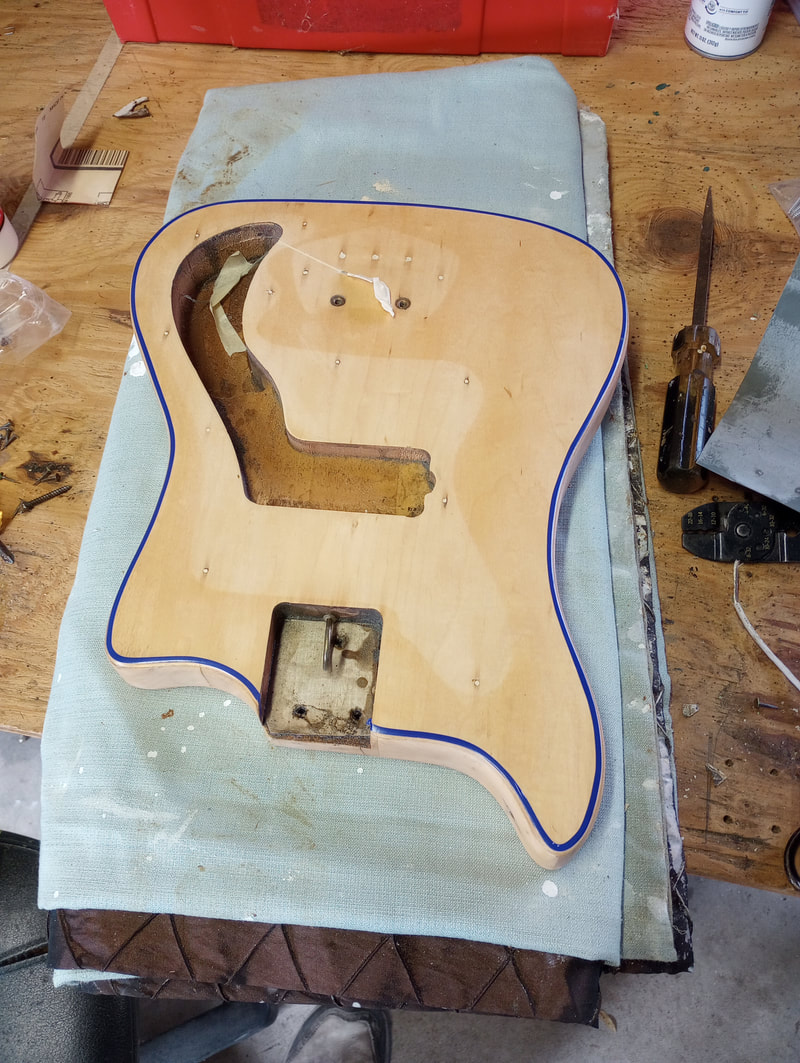
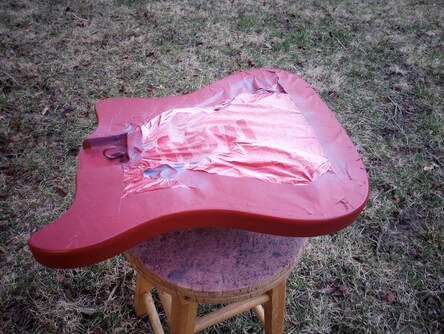

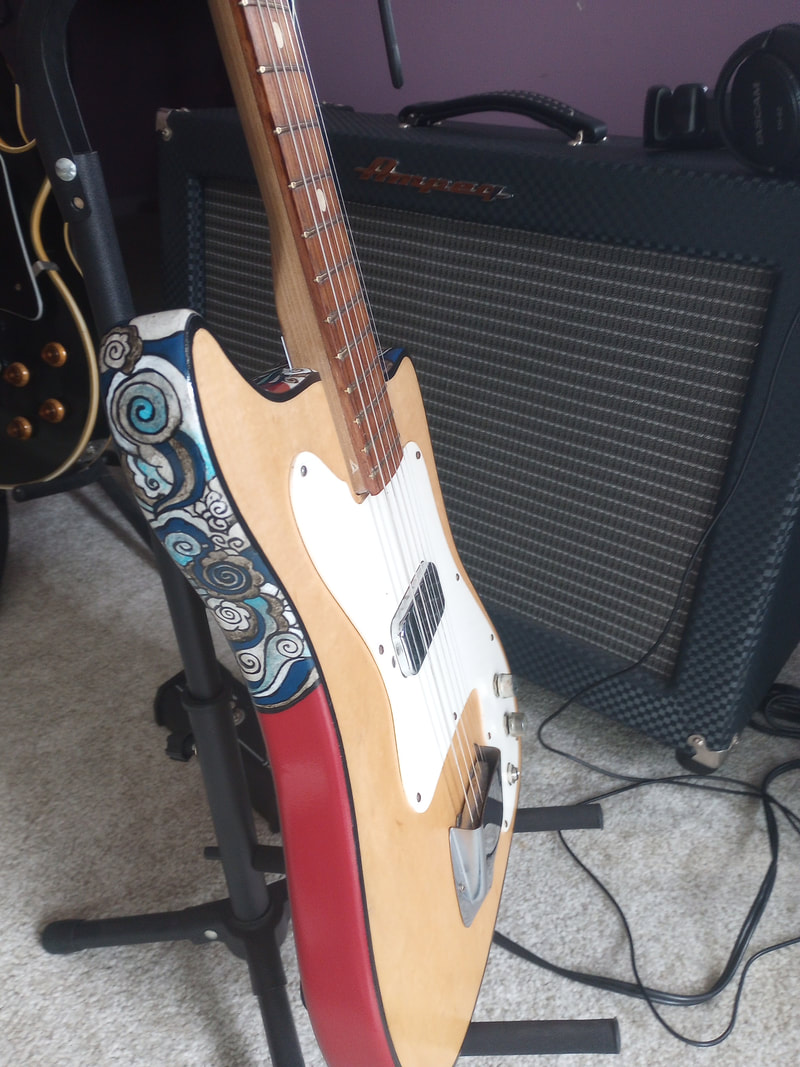

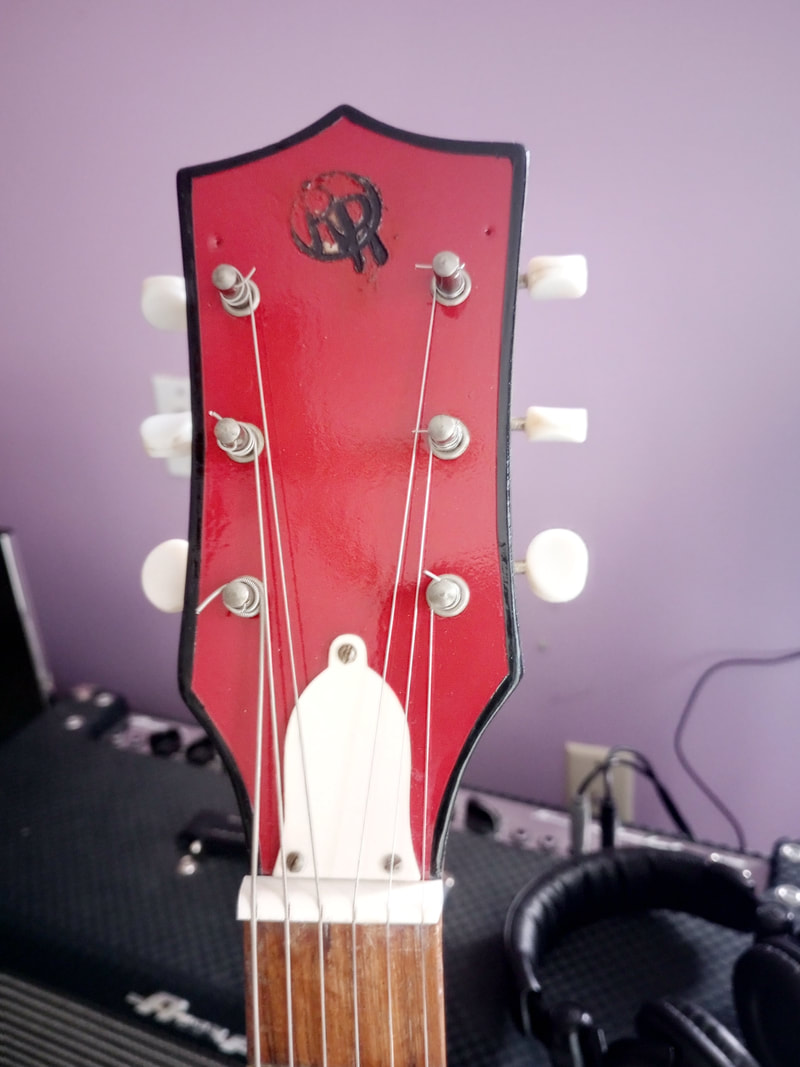



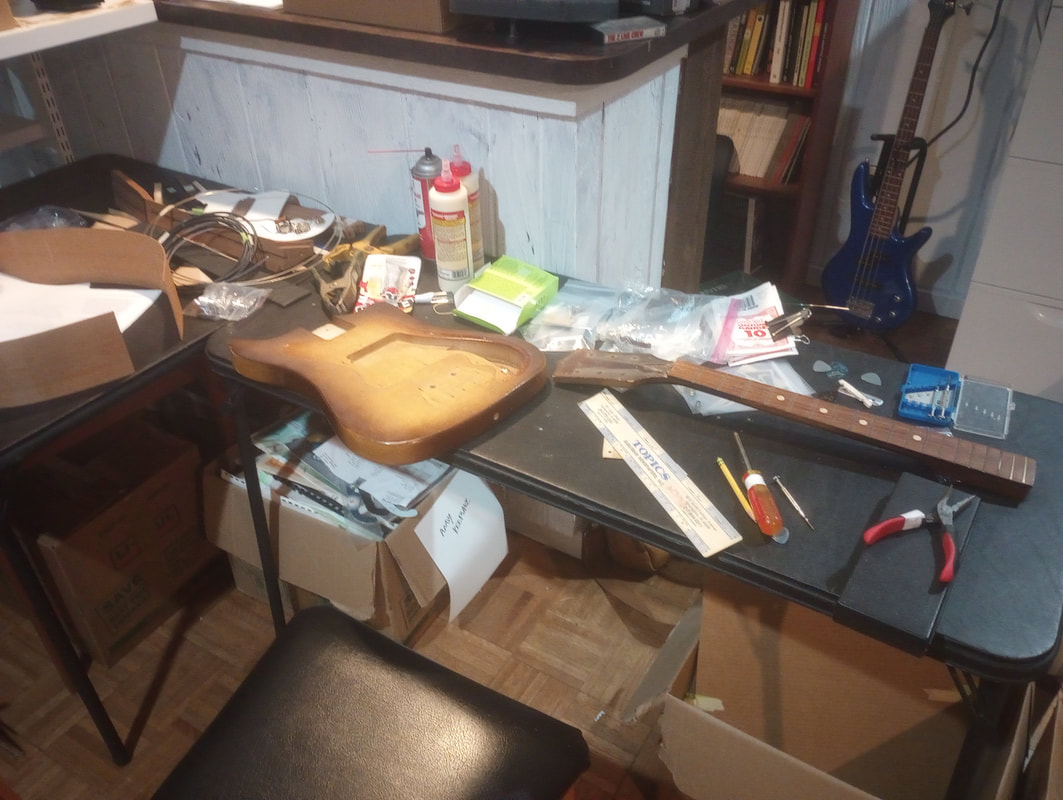
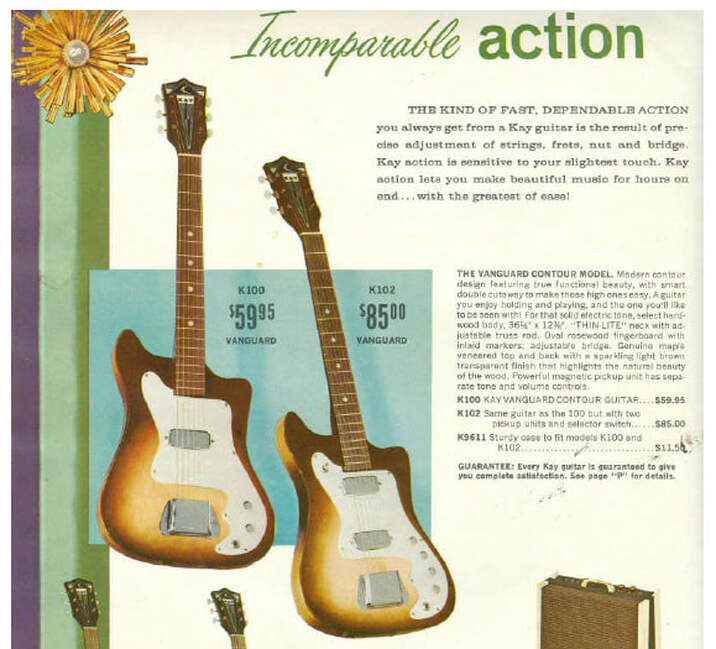





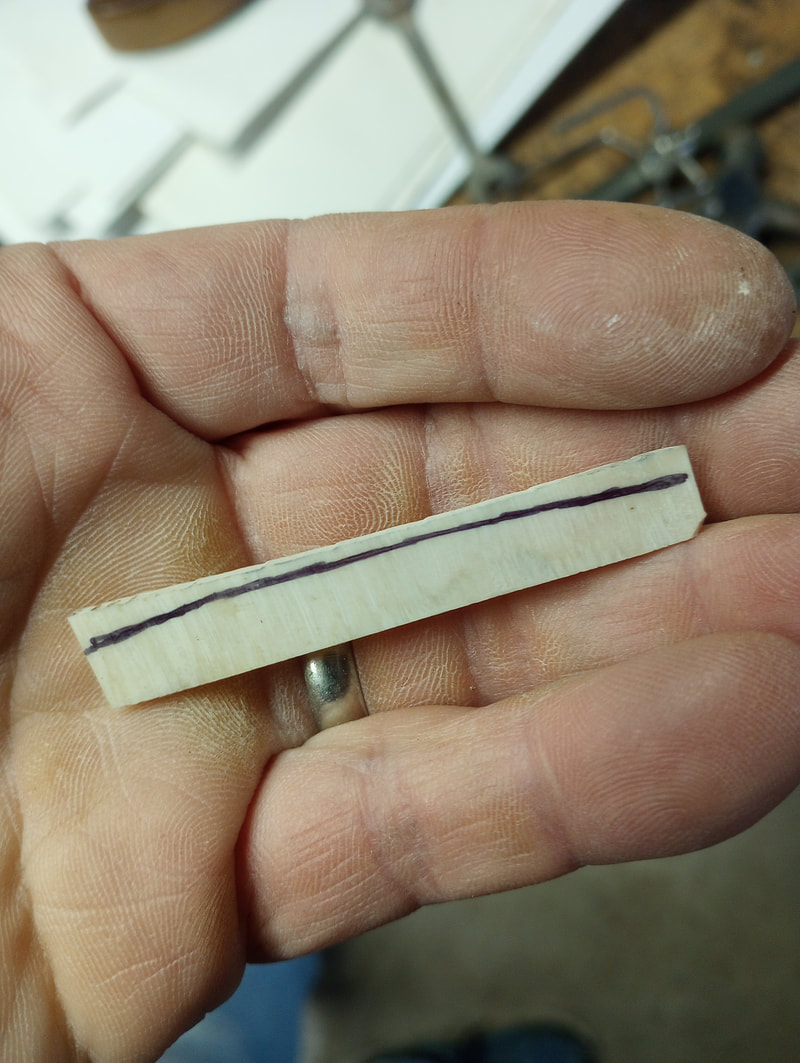
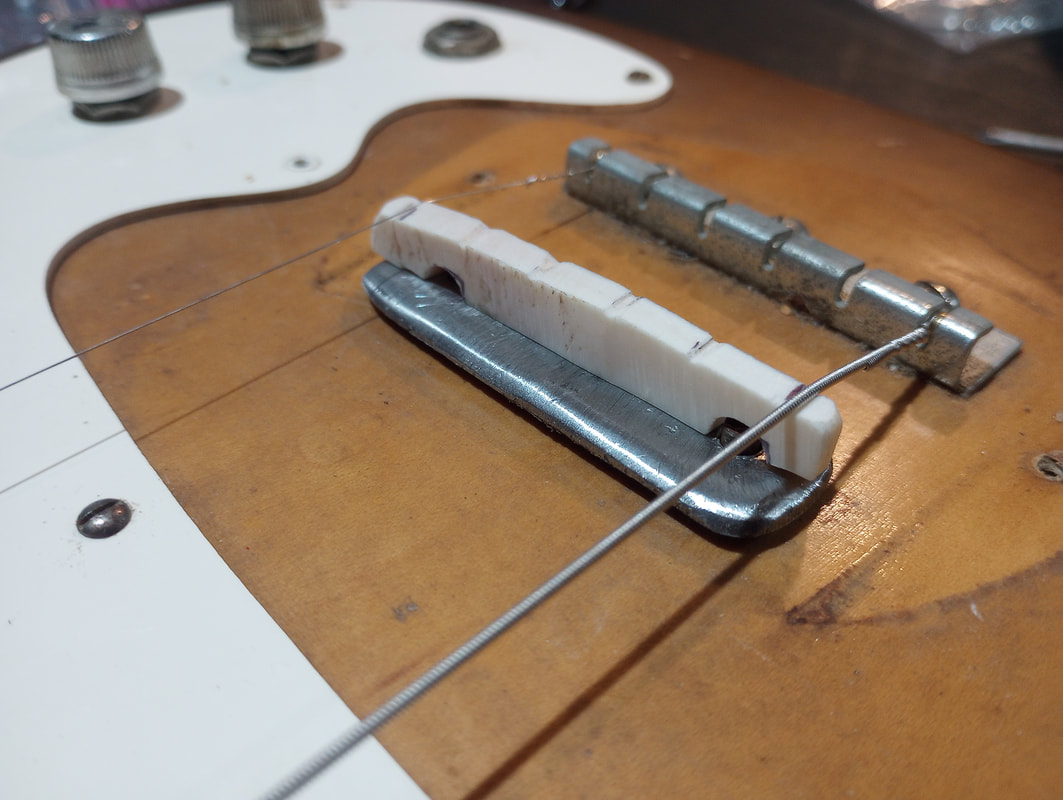

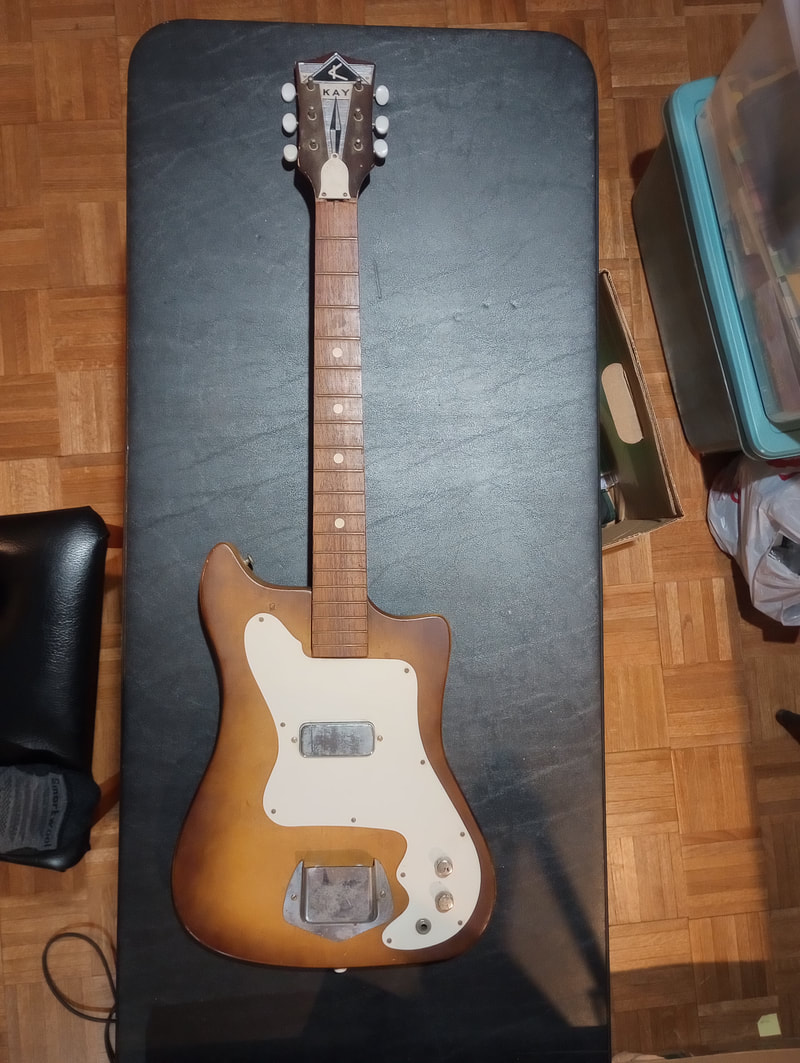


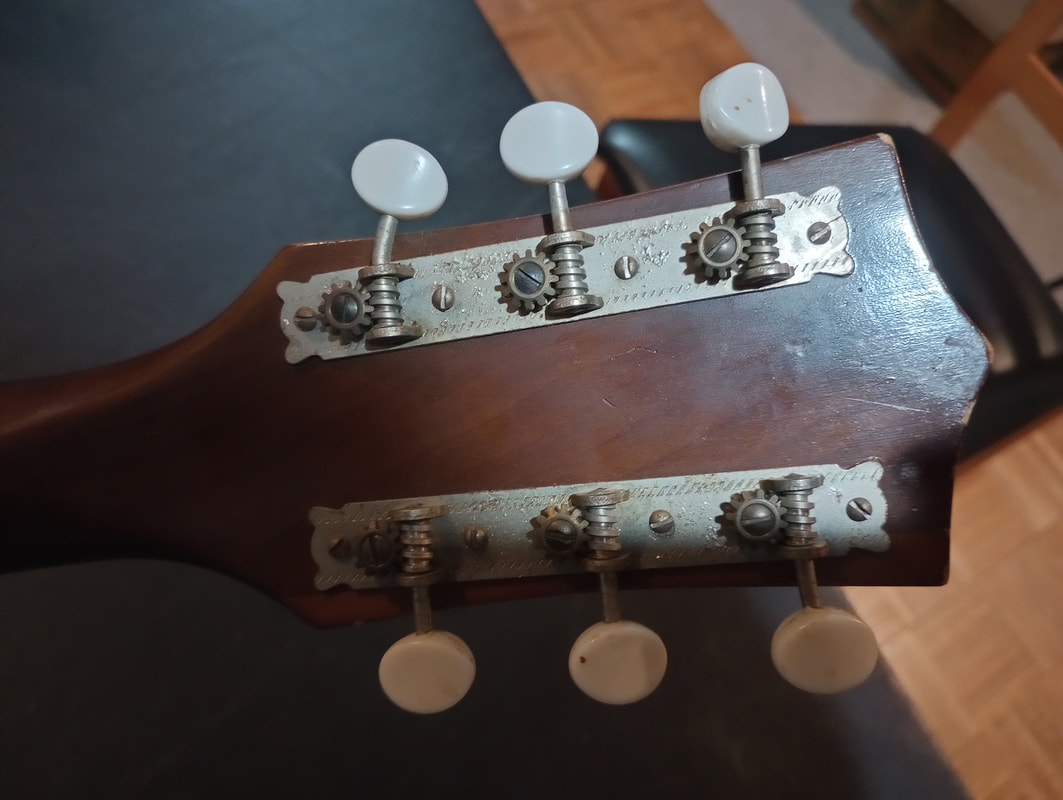
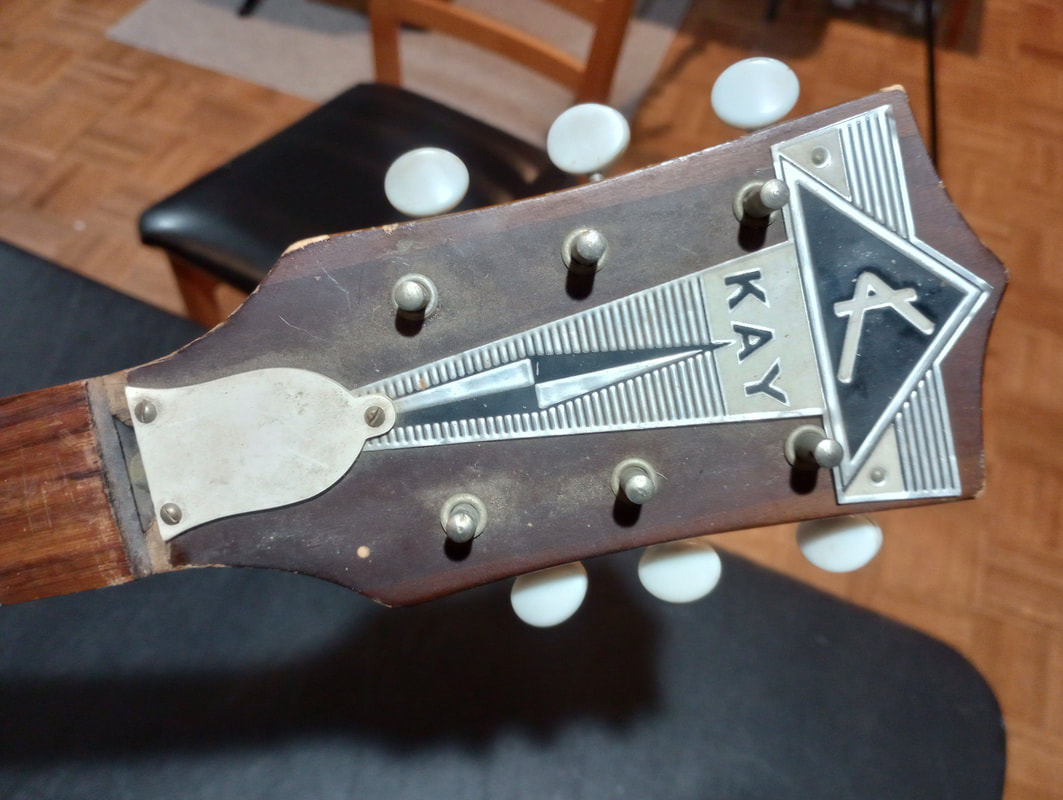

 RSS Feed
RSS Feed